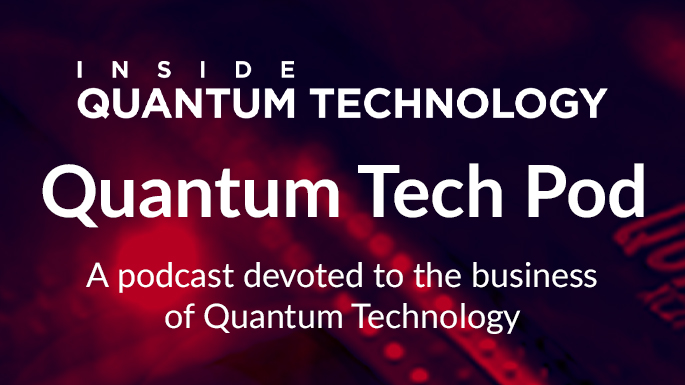QRNGs: First Mass Market for Quantum Technology
In May 2020, Samsung together with IDQuantique and SKTelecom announced the launch of Samsung Galaxy A Quantum, the world’s first QRNG-enabled 5G smartphone. The Samsung-IDQ-QRNG announcement is more a showcase of how mature QRNG has become. The fact that we now have the consumer products with quantum chips in them is a testament to how reliable such chips can now be – reliability is a must have in the consumer electronics space.
IQT Research also sees the arrival of QRNG smart phones as partial proof that quantum technology is a lot more than what’s next in the supercomputer industry, but rather an entirely new business environment as different as digital was from analog and which will be worth tens of billions – and possibly hundreds of billions — of dollars at system level. We can already see the beginnings of such a market sizing.
QRNG Smart Phones: Expected Market Evolution
By consensus the number of smartphones in the world is in the billions, but it’s pretty safe to say that it’s on the order of the size global population. With expected adoption rates of 30-50 percent within five years, we’re already looking at a $1B market QRNG smartphones alone. Eventually, we expect the IoT market for QRNGs to eclipse even that number, since the IoT industry is growing extremely fast and there are tens of billions of devices already connected, with much more to come.
The initial wave of adoption among phones will likely be seen in flagship smartphone models. The more expensive devices are those that tend to benefit more from enhanced security measures. In addition, some hype about “quantum” can help with marketing the phones: high-end mobile phones have always had that whiff of jewelry about them!
Nonetheless, important not to underestimate cost sensitivity factors. Based on IQT’s information, the current prices of available QRNG chips are around the $1 mark. This translates into perhaps $5 to $7 per chip per on a $1,000 phone at the consumer level. This may not seem very much, but none of the components in a cell phone are very expensive, with the possible exception of the display. Mobile phone makers are very cost sensitive.
So manufacturers of QRNG chips are going to have to make very effective business cases to get their devices into high-end phones. There seems to be signs of progress here. After the successful launch of Samsung Galaxy A Quantum, in July 2020, IDQuantique announced its chip being installed in another phone – the Vsmart Aris 5G. Both of these announcements happening in short succession display the following:
IoT and QRNG
If the arrival of QRNG phones in the market is the first indication of mass market quantum, then QRNG IoT devices may be the second. The IoT community has been crying out for better security for a few years now and potentially QRNG may make a contribution, although working against this happening is the fact that in many cases the QRNG chips are in the same price range as the IoT devices themselves, which works against the use of QRNG here. Price resistance will be an even more powerful factor with IoT than with smart phones. In any case, there are so many uncertainties surrounding IoT in general that we expect QRNGs to occur slower than with smartphones.
Overall, IQT believes that QRNG will take quantum security from big boxes (as with QKD) to inexpensive edge-network devices. If this is in fact the way the market develops, then QRNG will be the enabling technology that creates a quantum consumer electronics revolution.















